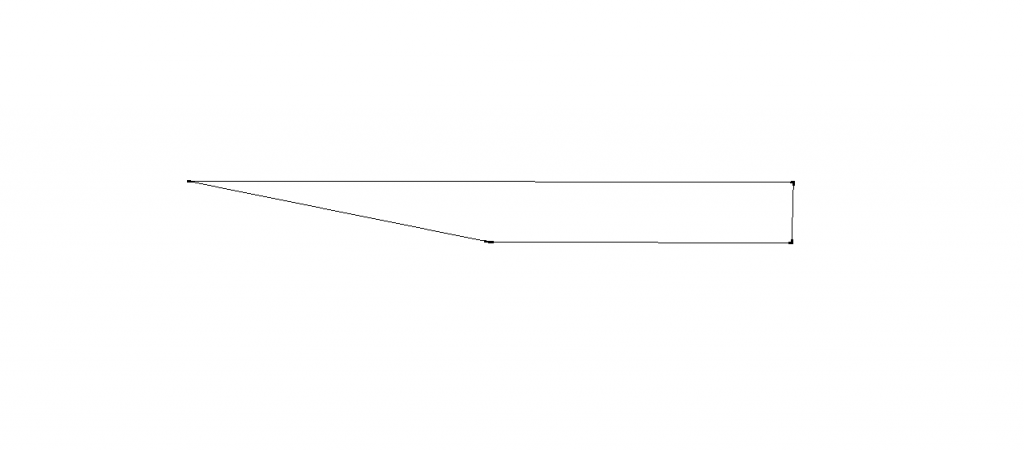variante wrote:trinidefender wrote:It doesn't matter if you agree with my first point. It is a FACT, facts are facts. To create a vortex you have to expend energy. Energy cannot be created nor destroyed, only transferred. That is also a fact. Therefore we have to get this energy from somewhere. That vortex is created by turning the energy from the planes forward motion into energy in the form of a twisting air mass known as a vortex. When you reduce the energy used to create a vortex then you reduce the size of the vortex itself. Therefore more energy = bigger vortex = more drag created by vortex.
I'm sorry you're taking it that way... Let me show how you are wrong with some more elegance than yours...
Mental experiment: a flat wing with virtually no drag creates pressure differential thanks to a pump moved by a combustion engine. That wing has 0 drag but X lift; the interaction between pressure fields will generate a vortex anyway.
The "fan cars" such as the Brabham BT46 apply that principle in real life.
Another mental experiment: let's imagine a winglet which is infinitely long; that winglet will generate an infinitely small vortex. By your logic that would mean no drag... By physics logic that would mean infinite drag.
EDIT: About point "B": i totally agree. Yet many airplanes have been retrofitted with those winglets (meaning that AoA remained unchanged), and the consequent claims were basically "more lift, less drag". Now, are the claims wrong? Or there's actually a way to make winglets work as "sails" taking advantage of the interactions with vortices (as briefly mentioned by NASA's article)
Read this:
http://www.grc.nasa.gov/WWW/k-12/airplane/induced.html
It is about induced drag. Induced drag is created by the inteaction of the two different pressure zones at the end of a wing. All wings have it to some degree.
Let's explore the 3 types of drag present on an airplane:
(I) There is parasite drag. Parasite drag is any drag created by non-lifting components of an aircraft; the fuselage, tail plane, landing gear and so on.
(II) Profile drag. Profile drag is made up of form drag and skin friction:
- Form drag is created by the shape of the airfoil (at sub-sonic speeds)
- Surface friction just that, drag created by the roughness of the surface moving through a fluid
(III) Induced drag. Induced drag is the drag created as a result of lathe creation of lift. I.e. The pressure differential on the two sides of a wing.
Now onto your thought experiment:
In your first experiment your wing does not exist in actuality. A wing cannot have zero drag and produce lift. If you read the NASA article you will see how induced drag is created at the ends of the wing when lift is created.
On to your next thought experiment. A wing with an infinitly long vertical wingtip will, IN THEORY, have zero induced drag as a result of interacting pressure differentials. However the longer you make the vertical wingtip the more form drag and surface friction you create because there is simply more that has to be pushed through the air. That is why designers try to get the best trade off by minimising induced drag through the use of the winglet and making the winglet as small as small as possible to reduce form drag and skin friction. At some point the benefits of a decrease in induced drag become less than the downsides of the increase in form drag and skin friction.
Now onto your point 'B' I never said the claims of more lift and less drag are wrong. You are misunderstanding me. They can produce more lift, hence planes fitted with vertical winglets have a greater rate of climb. They can also produce less drag, hence higher cruising speed for less power or a lower fuel burn for the same cruising speed. Or lastly which is what they claim, a combination of both more lift and less drag.
On to your very very last point (this is getting long). The angle of attack of airflow on a wing on an airplane is not static. When the aircraft pitches it's nose up, itswings AoA increases and it's wings produce both more lift AND more drag and the plane climbs. When an aircraft pitches it's nose down its wings AoA decreases and it's wings produce both less lift and less drag and the plane descends. Now do you see my point about a plane lowering its angle of attack to produce the same lift with lower drag (cruise performance) or increasing its angle of attack to produce more lift with the same drag (climb performance).
*edit* in this post originally I accidentally typed "A wing with an infinitly long vortex will, IN THEORY, have zero induced drag" it should read "A wing with an infinitly long vertical WINGTIP will, IN THEORY, have zero induced drag" it has been corrected.

